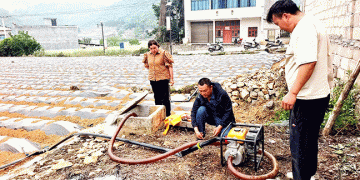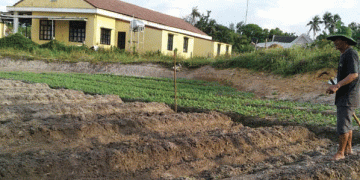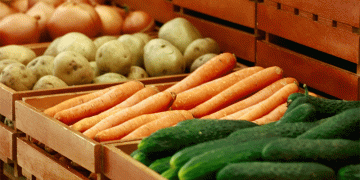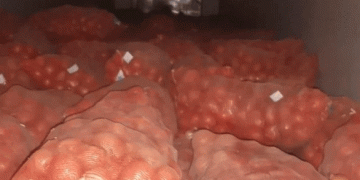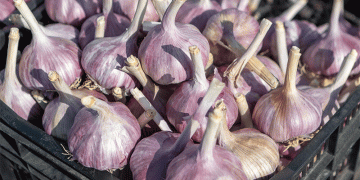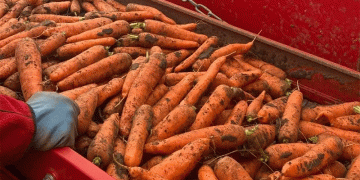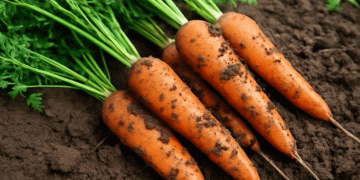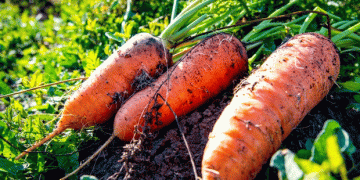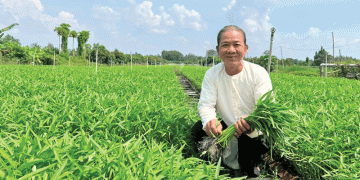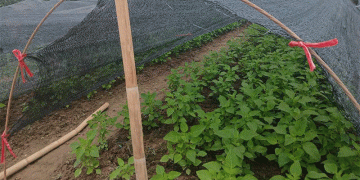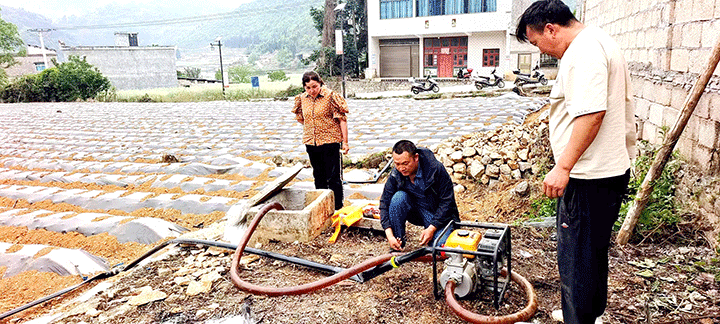As spring arrives in Xingyi, Guizhou, tobacco fields buzz with activity—not just from tractors, but from workers laying intricate networks of black drip tubes. This shift marks a quiet revolution in a region where “ten springs, nine droughts” have long forced farmers to haul water bucket by bucket.
For farmers like Hu Zuqin, the change is transformative. In 2024, she adopted drip irrigation across her 100-acre farm, cutting labor needs from 20 workers to just 2 for the same task. Calculations show the system completes irrigation in 20 minutes versus days of backbreaking labor.
The Data Behind the Transformation
- Water Efficiency: Traditional flood irrigation wastes over 60% of water, while drip systems deliver 90% efficiency by targeting root zones (FAO, 2023). In Guizhou’s karst terrain, where soil absorbs water poorly, drip irrigation ensures deeper penetration—critical for drought resilience.
- Labor Savings: A 2024 study in Agriculture, Ecosystems & Environment found drip irrigation reduces farm labor by 70% in hilly areas, addressing rural labor shortages.
- Yield Gains: Trials in Yunnan (a neighboring tobacco hub) recorded 15–20% higher yields with drip systems due to consistent moisture (China Agricultural University, 2023).
Beyond Tobacco: A Model for Marginal Lands
Hu’s success highlights drip irrigation’s potential for smallholders in arid regions. With China’s agriculture facing 20% freshwater shortages (World Bank, 2024), such systems could scale to crops like maize and vegetables. The initial $1,100 investment (for 115 acres) pays off in one season through saved wages and higher productivity.
Smart Water, Smarter Farming
Drip irrigation isn’t just easing backs—it’s future-proofing farms. As Hu notes, “The pipes pay for themselves in saved labor, and the deeper watering means my crops survive droughts.” For mountainous regions globally, this “capillary revolution” offers a blueprint to balance ecology and income.
